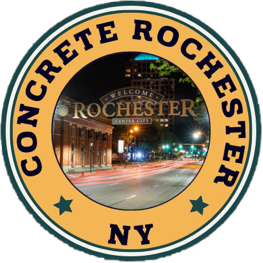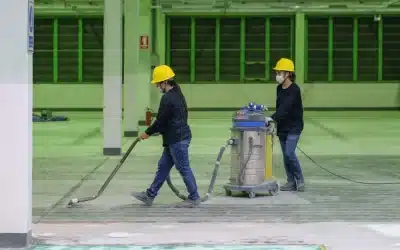You’ve just invested in a new concrete driveway, anticipating smooth rides and enhanced curb appeal for years ahead. However, one key question emerges: How long should you wait before driving on this newly laid surface? Understanding the ins and outs of concrete curing is necessary, as it directly impacts the longevity and strength of your driveway. In this blog, we will discuss the process of concrete transitioning from wet slurry to solid foundation.
What Does Concrete Curing Mean?
Concrete curing is a construction process. It involves maintaining adequate moisture, temperature, and time conditions to ensure the hydration of cement within the concrete mixture. This hydration process leads to the development of strength, durability, and other desired properties in the concrete structure. The stages of concrete curing can be divided into setting, hardening, and strength gain.
Waiting Period Before Driving on Concrete
Newly poured concrete requires a waiting period before it can withstand the weight and stress of vehicles or heavy loads. General guidelines suggest a waiting period of 3 to 7 days before driving on freshly poured concrete. This waiting period allows the concrete to undergo the curing process, during which it gains strength and durability.
Factors Affecting Curing Time
- Temperature: Hot temperatures make concrete cure faster, while cold temperatures slow it down. Keeping the temperature steady between 50°F to 90°F (10°C to 32°C) helps the concrete get strong evenly.
- Humidity: Concrete needs enough moisture to cure properly. Low humidity can make water evaporate too quickly, causing cracks. High humidity allows it to keep the concrete moist, helping it cure better.
- Air Circulation: Having air move around the concrete is important. It helps keep the temperature and humidity right for curing. But too much wind can dry the surface too quickly, which isn’t good for curing.
Tips for Safe Driving on Concrete
Avoid Sharp Turns and Quick Stops: Don’t turn sharply or stop suddenly on fresh concrete because it’s still getting stronger. Doing these things can make it crack or break.
Drive Slowly and Smoothly: Go at a steady pace over new concrete. Smoothly speeding up and slowing down helps the surface stay strong without getting damaged.
Watch for Uneven Surfaces: Be careful of any parts of the concrete that aren’t flat or smooth yet. Drive slowly over these areas to avoid problems.
Distribute Weight: If you have to drive heavy things on new concrete, try to spread the weight out evenly. This helps stop it from getting squished and breaking.
Conclusion
Achieving a durable and long-lasting concrete surface requires patience and adherence to proper curing practices. Throughout this blog post, we’ve discussed various factors influencing concrete curing, including temperature, humidity, and air circulation, as well as safe driving practices during the initial curing period. However, you can contact Concrete Rochester NY if you have further queries or are searching for a reliable concrete contractor in New York. You will get service from our licensed and insured Concrete Contractors in Rochester and surrounding areas.






0 Comments